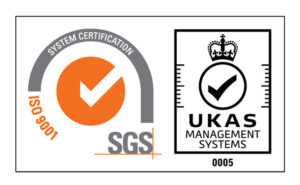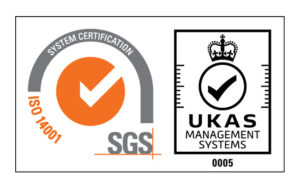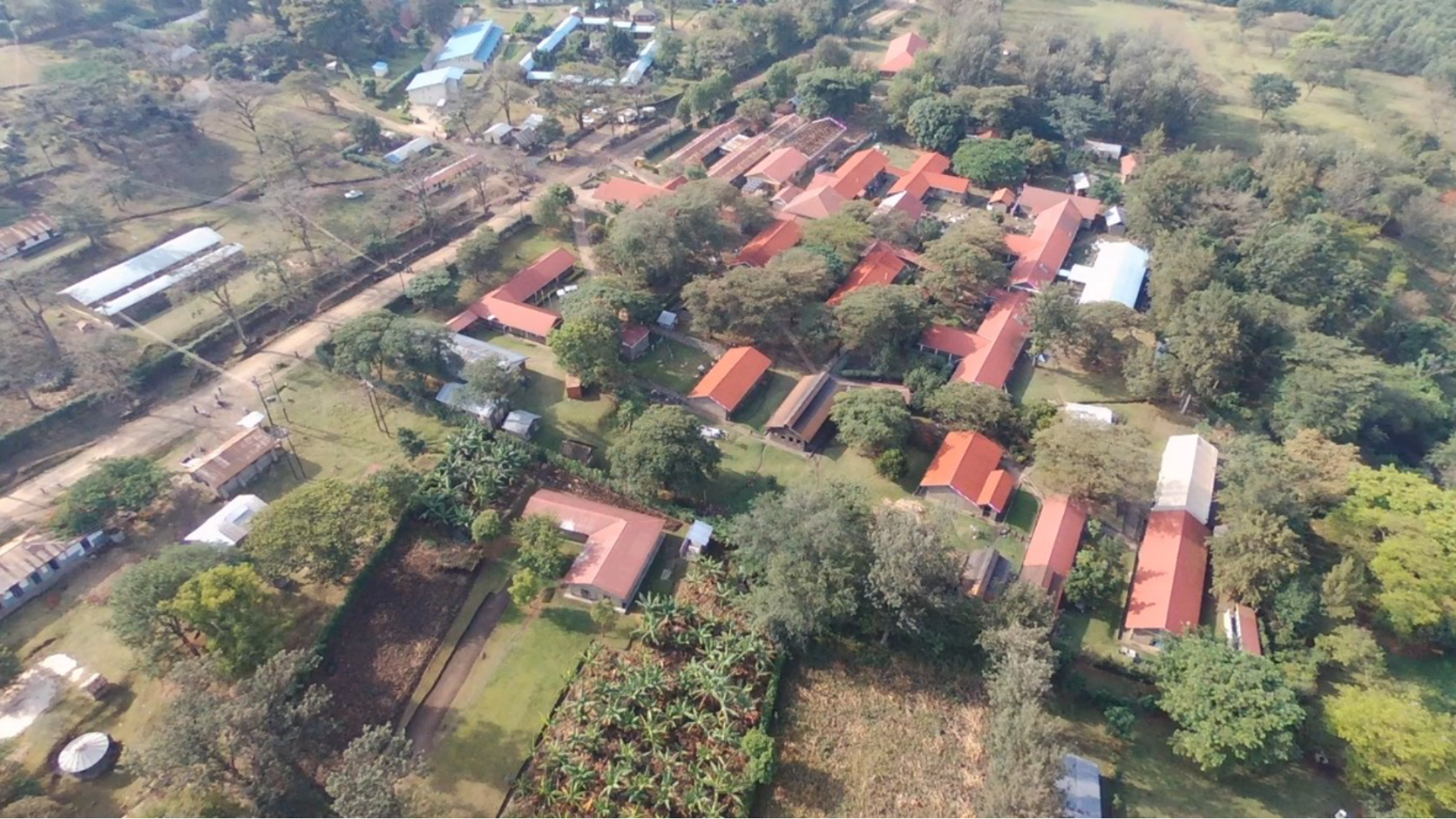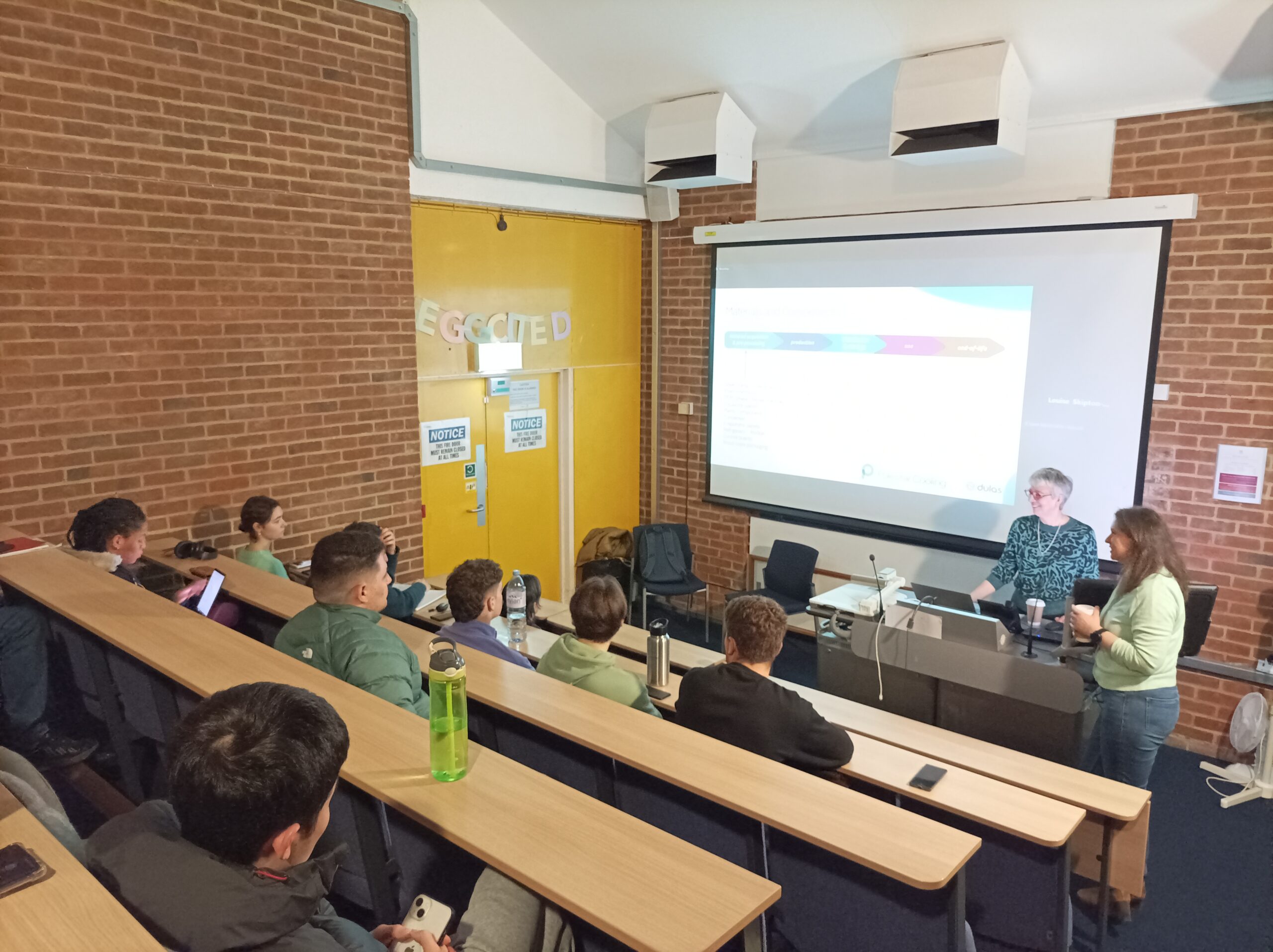Earlier this month the Crown Estate revealed five broad ‘Areas of Search’ for the development of floating offshore wind in the Celtic Sea – a region rich in natural resources, including world-class wind resource that can be developed with floating turbines.
It is anticipated that these areas will deliver 4GW of floating offshore wind power by 2035 – kick-starting industry in the region and providing power to almost four million homes. This would also clearly be a major step forward in supporting the UK’s net zero ambitions.
Five broad Areas of Search have been identified and, after further stakeholder engagement and technical analysis, these larger areas will be refined into smaller final Project Development Areas within which the proposed windfarms will be sited. These project development areas will be offered to the market via competitive tender, to be launched in mid-2023.
“The Celtic Sea has enormous potential, so this is a very welcome announcement from the Crown Estate. Floating wind will play a major role in further developing nascent technologies, bringing costs down even more and making a vital contribution to net zero. Reliable resource and performance data will be a key part of the long-term success of these projects – our wind monitoring teams are raring to go.”
Dulas skills
Dulas’ team of IRATA-3 trained engineers provides a complete installation and maintenance service for offshore wind measurement equipment. We can offer WindCube LiDAR measurements from Vaisala using either their vertical profilers or the advanced Scanning LiDAR which can measure wind speeds at distances of up to 10km. In addition, Dulas continues to offer expert management of client-owned SoDAR and LiDAR systems, including deployment, storage and data processing for power curve testing.








